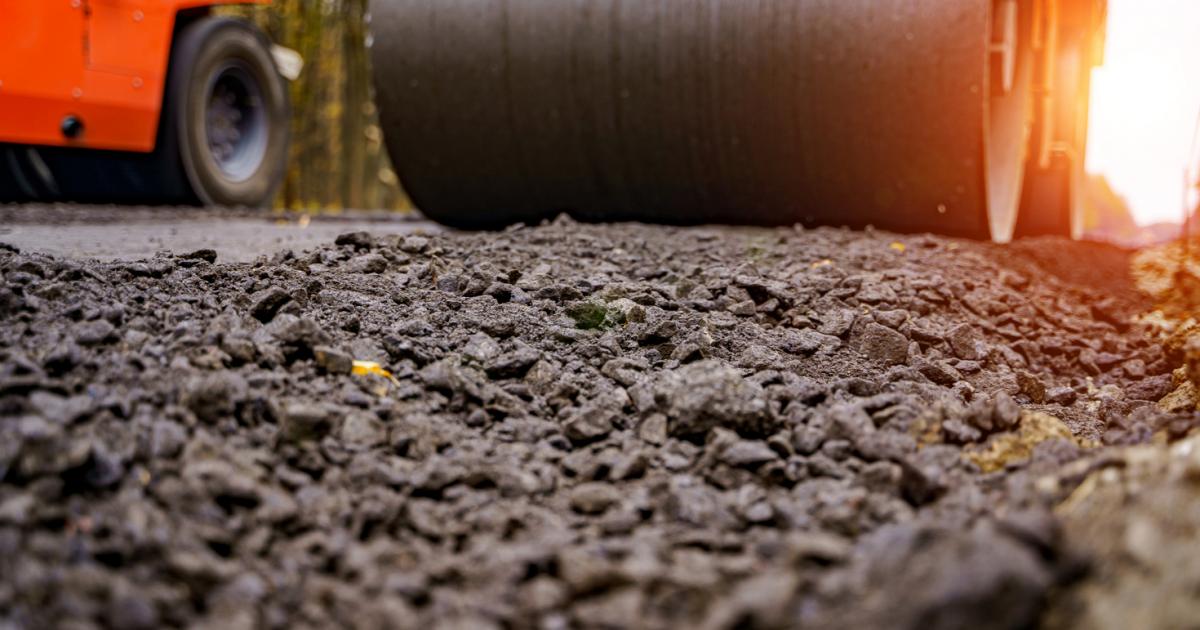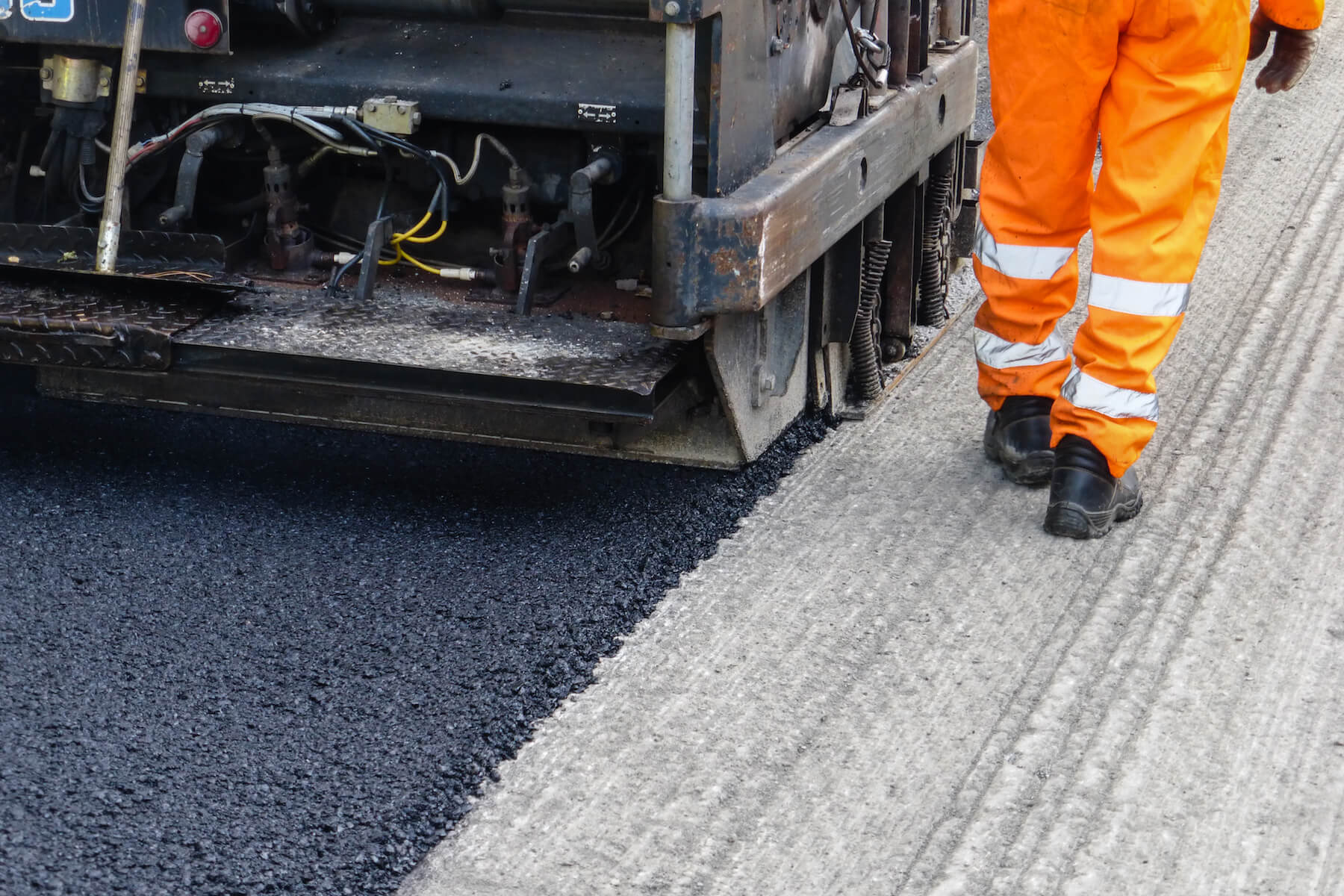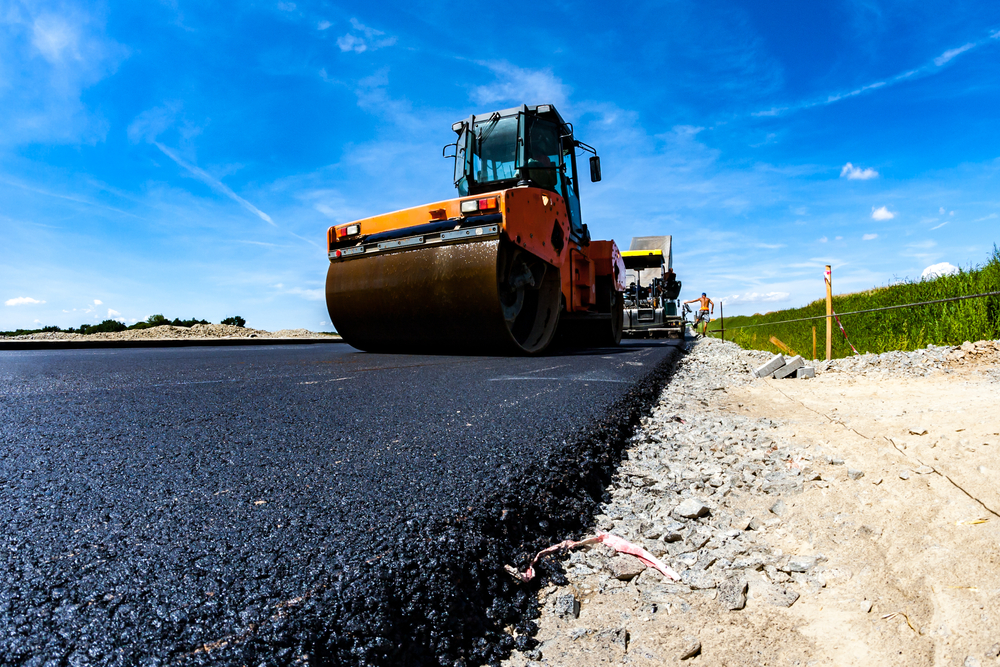
What is asphalt made of? A Simple Tour to Chemistry
Asphalt is a black, oily substance found in natural deposits or can be refined from crude oil. It is most commonly used to pave roads and parking lots, but it can also be used for roofing, flooring, and even paint. Asphalt is made up of bitumen, a sticky, tar-like substance, and aggregate, typically gravel or crushed stone.
The asphalt is mixed together and then heated until it becomes liquid. Once it has cooled, it can be applied to the surface that needs to be paved. Asphalt is a durable material that can withstand a lot of wear and tear, which is why it is such a popular choice for paving roads. However, it does require regular maintenance in order.
But what are these materials made of? Let’s take a closer look at the chemistry behind asphalt. To give you a clearer picture of what asphalt is made of, we shall discuss the different types of asphalt and their ingredients.

Hot mix asphalt
Hot mix asphalt (HMA) is the most common type of asphalt. It is made up of bitumen, aggregate, and a binder. The bitumen is heated until it becomes liquid and combined with the aggregate and binder. The mixture is then heated again to form asphalt cement, used to pave roads.
The ingredients in HMA can vary depending on the region where it is being produced. For example, some areas may use limestone as an aggregate, while others may use recycled materials such as glass or plastic. However, the basic ingredients will always include bitumen, aggregate, and a binder.
The bitumen in HMA comprises hydrocarbons, which are a type of organic compound. These compounds are composed of carbon and hydrogen atoms and can be saturated or unsaturated. The hydrocarbons in bitumen are typically derived from crude oil, although some types are made from coal.
The aggregate in HMA is made up of different materials depending on the region. However, it is typically composed of gravel or crushed stone. The aggregate helps to strengthen the asphalt and also provides a surface for vehicles to drive on.
The binder in HMA is made up of polymers, which are large molecules composed of smaller molecules called monomers. The polymers form a gel-like substance that helps to bind the bitumen and aggregate together. They also help make the asphalt more flexible, which is important since it needs to withstand the stress of traffic.
Cold mix asphalt
The Florida asphalt paving contractor ABC Paving says that cold mix asphalt is a type of asphalt made without any heating. It is usually used for patching small areas, such as potholes. The ingredients for cold mix asphalt are bitumen, aggregate, and water. The bitumen and aggregate are mixed, and then the water is added. This mixture is then packed into the hole or crack and allowed to set.
The main component of cold mix asphalt is bitumen, a thick, black liquid made from crude oil. Bitumen can be solid or liquid, depending on the temperature. It is a hydrocarbon made up of molecules containing carbon and hydrogen atoms.
The aggregate in cold mix asphalt can be made from different materials, such as gravel, crushed stone, or recycled materials. The type of aggregate used will depend on the location where the asphalt is being used. For example, if there is much gravel available, it will likely be used as the aggregate in the asphalt mixture.
The water added to the mixture plays an important role in helping the bitumen and aggregate bind together. It also helps keep the asphalt from sticking to tools or your hands when mixed or applied.

Mastic asphalt
Mastic asphalt is a type of asphalt made up of bitumen and a mineral aggregate. The bitumen is mixed with the aggregate and then heated until it becomes liquid. Mastic asphalt has a higher melting point than other types of asphalt, so it can withstand colder temperatures. It also has a higher resistance to wear and tear, which makes it ideal for use in high-traffic areas. It is typically used for paving roads, parking lots, and airport runways.
The filler in mastic asphalt is made up of mineral or synthetic materials. The ingredients in mastic asphalt vary depending on the manufacturer, but it typically contains bitumen, limestone, silica sand, and iron oxide. The bitumen gives the asphalt its sticky consistency while the limestone helps to bind the aggregate together. The sand and iron oxide help to improve the durability of the asphalt. It helps improve the properties of the asphalt by making it more durable and resistant to weathering.
Mastic asphalt is typically used for paving roads and parking lots. It has a high level of durability and can withstand a lot of wear and tear. It is also resistant to weathering, making it a popular choice for outdoor applications.
Porous asphalt
Porous asphalt is a type of asphalt that contains larger particles, making it more porous than other types. This allows water to seep through the pavement and helps to reduce the heat island effect in cities. Porous asphalt also has a higher thermal conductivity, which means it can dissipate heat more effectively. It is made up of two main ingredients: bitumen and aggregate. The bitumen is mixed with the aggregate and then heated until it becomes liquid. The liquid mixture is then poured over a surface, such as a road or parking lot, and allowed to cool.
The aggregate used in porous asphalt can be either natural or artificial. Natural aggregates are made up of gravel, crushed stone, or slag materials. Artificial aggregates are made from materials like recycled glass or plastic. Porous asphalt is a popular choice for paving roads and parking lots because it is affordable and environmentally friendly.




